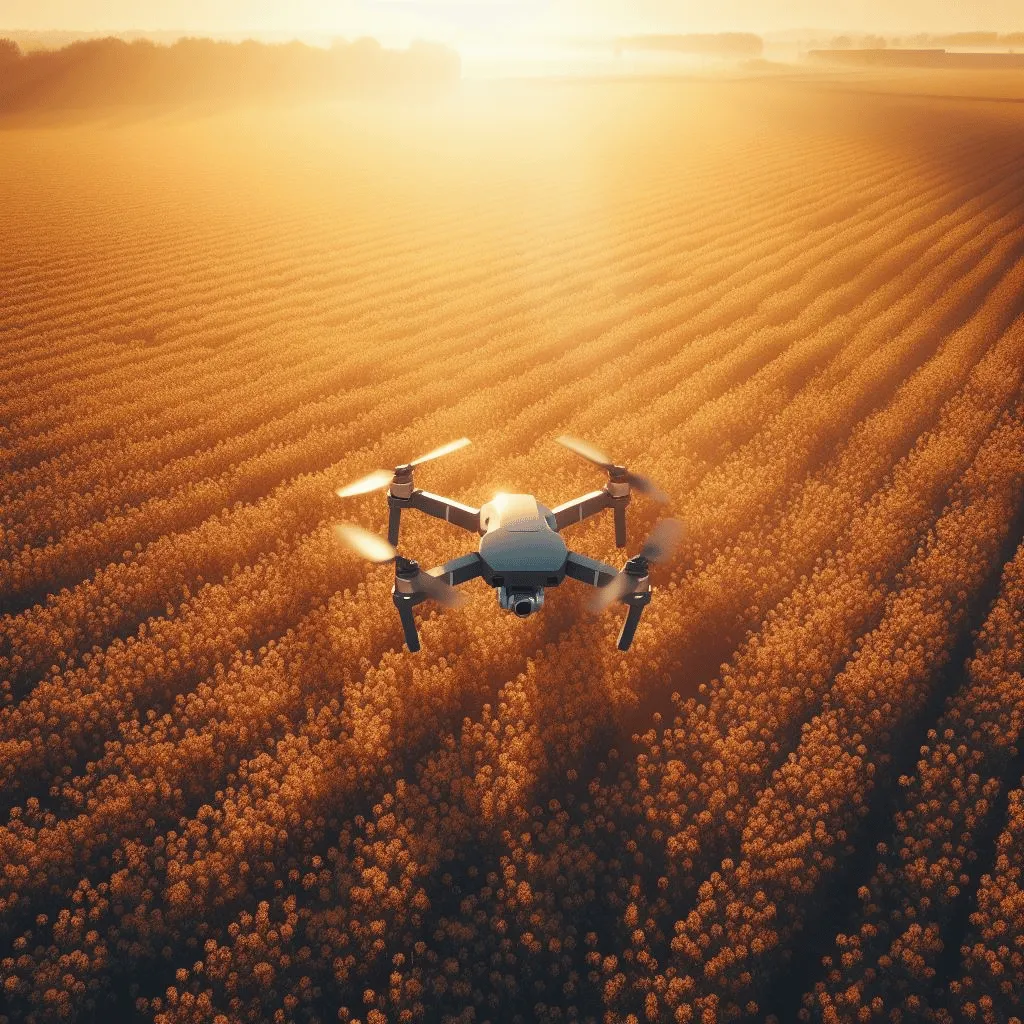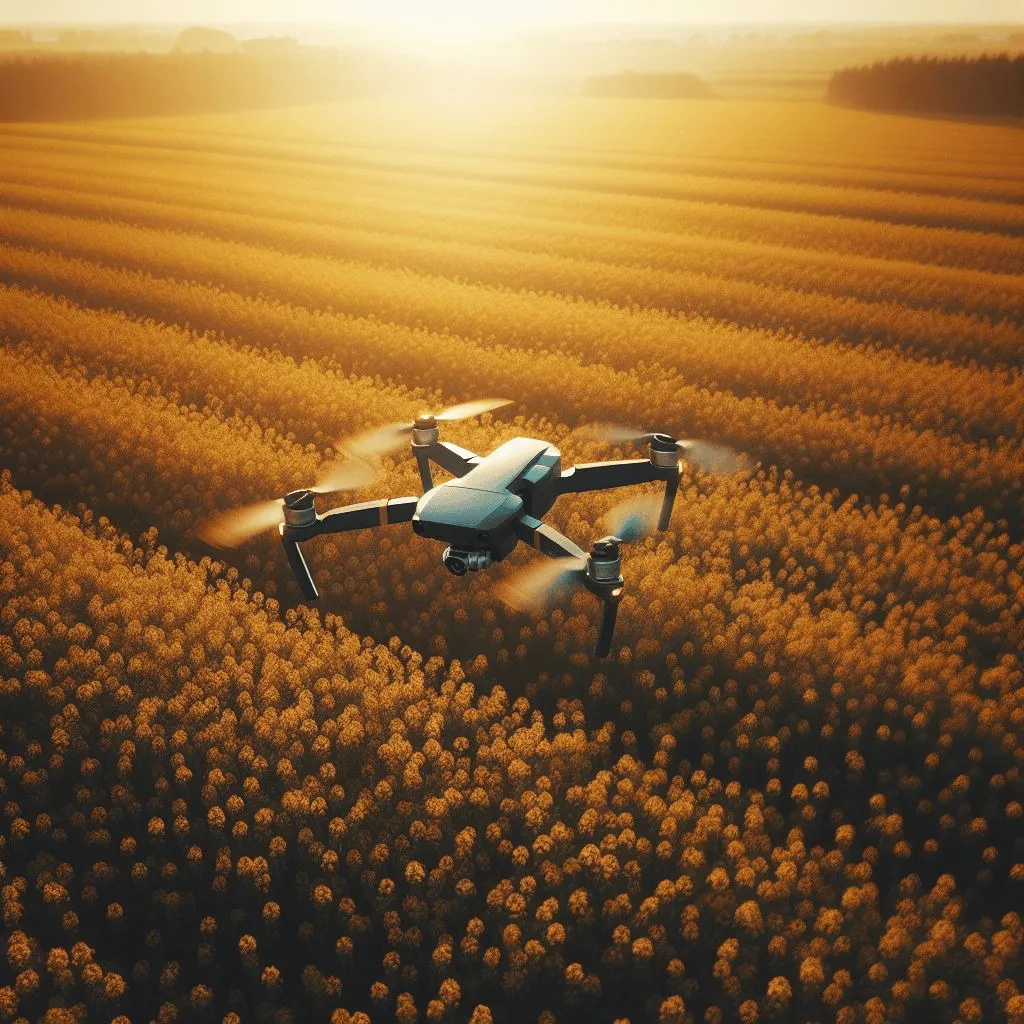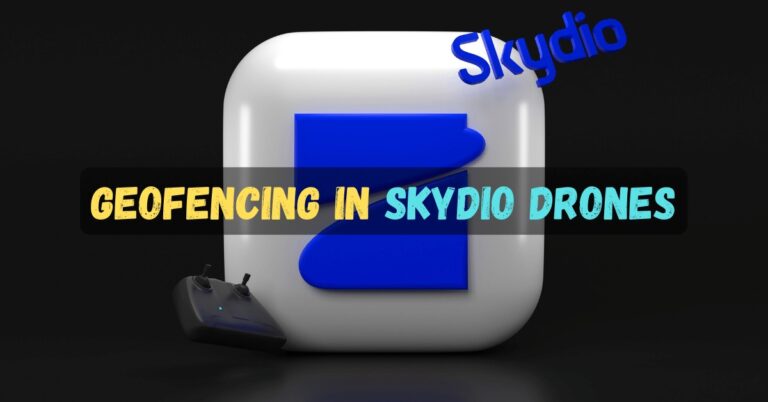How Long Does it Take to Charge a Drone? (How Long?)

Have you ever wondered how long it takes to charge a drone? Whether you’re a seasoned drone enthusiast or just starting out, understanding the charging time is crucial for planning your flights and ensuring uninterrupted aerial adventures.
Charging a drone is a simple process, but the time it takes can vary depending on several factors. Let’s dive into the details and explore the different factors that influence the charging time of your drone.
What are the factors that affect the charging time of a drone?
If you are a drone enthusiast, you might have wondered how long it takes to charge your flying machine.
Well, the answer is not so simple, as there are many factors that affect the charging time of a drone. Let’s take a look at some of them, shall we?
The battery capacity:
This is the amount of energy that the battery can store, measured in milliampere-hours (mAh). The higher the capacity, the longer the flight time, but also the longer the charging time.
For example, a 1000 mAh battery will take twice as long to charge as a 500 mAh battery, assuming the same charger and voltage.
The charger output:
This is the amount of current that the charger can deliver to the battery, measured in amperes (A).
The higher the output, the faster the charging time, but also the more heat generated. For example, a 2 A charger will charge a battery twice as fast as a 1 A charger, assuming the same battery capacity and voltage.

The battery voltage:
The voltage is the disparity in electrical potential between the battery’s positive and negative terminals, quantified in volts (V).
The higher the voltage, the more power the battery can provide, but also the more complex the charging circuit.
For example, a 12 V battery will require a different charger than a 6 V battery, and may have different charging stages and safety features.
The battery type:
This is the chemical composition of the battery, which determines its performance and characteristics.
There are different types of batteries for drones, such as lithium-ion (Li-ion), lithium-polymer (LiPo), nickel-metal hydride (NiMH), and lead-acid (Pb).
Each type has its own advantages and disadvantages, such as weight, cost, lifespan, memory effect, and self-discharge rate.
For example, LiPo batteries are popular for drones because they are lightweight and have high energy density, but they are also expensive and require careful handling and storage.
The ambient temperature:
This is the temperature of the surrounding environment where the battery is being charged. The optimal temperature range for most batteries is between 10°C and 30°C.
If the temperature is too low or too high, it can affect the charging efficiency and damage the battery.
For example, if the temperature is below 0°C, the battery may not accept any charge at all, and if it is above 40°C, it may overheat and catch fire.

As you can see, there is no definitive answer to how long it takes to charge a drone battery. It depends on many factors that vary from case to case. However, you can estimate the charging time by using this formula:
Charging time (hours) = Battery capacity (mAh) / Charger output (mA) x 1.2
The 1.2 factor is an approximation that accounts for some energy loss during charging. Note that this formula is only valid for constant current chargers and does not consider other factors such as voltage, type, and temperature.
So next time you want to fly your drone, make sure you plan ahead and charge your battery accordingly. And remember to always follow the manufacturer’s instructions and safety precautions when charging your drone battery.
Read also: How to Charge Mavic 3 Battery?
How long does it take to charge a drone?
The charging time for a drone can vary depending on several factors, including the type of drone, the battery capacity, and the charger you’re using. On average, it can take anywhere from 30 minutes to 2 hours to fully charge a drone battery.
If you’re using a smaller, entry-level drone with a smaller battery capacity, the charging time will generally be shorter. These drones usually come with a basic charger that can fully charge the battery in around 30 minutes to an hour.
On the other hand, if you’re flying a more advanced drone with a larger battery capacity, the charging time will be longer. These drones often require a more powerful charger and can take anywhere from 1 to 2 hours to fully charge.
It’s important to note that while charging time is an essential factor to consider, it’s equally important to follow the manufacturer’s instructions and guidelines for charging your specific drone model.
Overcharging or using an incompatible charger can damage the battery and reduce its lifespan.

Does drone battery type affect the drone battery charging time?
Drone technology has come a long way, and one of the key considerations for drone enthusiasts is the battery life and charging time.
While many factors can affect the charging time of a drone battery, one important factor to consider is the type of battery used. In this section, we will explore how different drone battery types can impact the charging time.
Lithium Polymer (LiPo) Batteries
LiPo batteries are commonly used in drones due to their high energy density and lightweight design.
These batteries have a faster charging time compared to other types, thanks to their low internal resistance. With the right charger, LiPo batteries can be fully charged in a relatively short amount of time.
Lithium-Ion (Li-Ion) Batteries
Li-Ion batteries are another popular choice for drones. They offer a longer flight time compared to LiPo batteries but have a slower charging time.
This is because Li-Ion batteries have a higher internal resistance, which results in a slower charging process. It’s important to note that charging Li-Ion batteries too quickly can lead to reduced battery life and potential safety risks.

Nickel Metal Hydride (NiMH) Batteries
NiMH batteries are less commonly used in drones nowadays, but they still have their place in certain applications.
These batteries have a slower charging time compared to LiPo and Li-Ion batteries. Due to their higher internal resistance, it takes more time to fully charge NiMH batteries.
However, they are known for their durability and can withstand more charge cycles compared to other battery types.
Read More: Can I Use Mobile Batteries in Drone? (Is It True?) (2024)
How long does it take for a bigger drone to get charged?
No matter how big or small your drone is, there will be factors that affect the timing of the battery charging.
So, what are they? And according to those factors, we will understand the time it will take for a larger drone to get charged.
Battery capacity: Larger drones typically have larger batteries with higher mAh (milliampere-hour) ratings. These batteries take longer to charge than smaller batteries with lower mAh ratings. A rough estimate is:
Charger type: The type of charger you use will also impact the charging time. Fast chargers are known to expedite the charging process compared to standard chargers.
Certain drones are equipped with these high-speed chargers, capable of slashing charging times by up to 50%.

Charging hub: If you use a charging hub, you can charge multiple batteries simultaneously. However, the charging time per battery may be slightly longer than charging them individually.
Drone model: Different drone models have different battery charging specifications. It’s important to refer to your drone’s manual for the specific charging time for your model and battery.
Some general estimates for charging times of bigger drones:
It’s important to note that these are just estimates, and the actual charging time may vary depending on the factors mentioned above. Always refer to your drone’s manual for the most accurate information.
Read More: How Long Do Drones Last? (At Least How Long?)
How do I know when my drone is fully charged?
Knowing when your drone is fully charged is essential for a smooth flying experience. The method to check this may vary based on your drone model and charger.
One common way is through LED indicators. Most drones and chargers have LEDs that signal the charging process. Typically, flashing or red lights indicate charging, while a green light or no light at all suggests a fully charged battery.
Another option is to rely on your drone’s companion app. Many drones come with apps that provide detailed information about your battery, including the charge level and remaining charging time.
If you’re using a charging hub, it might have a display showing the charge level of each battery. This feature can be particularly useful when charging multiple batteries simultaneously.

For some chargers, a sound notification, such as a beep, indicates that the charging process is complete.
Lastly, always check your drone’s manual. It contains specific instructions on how to check the charging status and determine when the battery is fully charged. Following these methods ensures you’re ready for your next drone adventure without any hiccups.
How long does it take to charge a DJI drone?
The charging time for a DJI drone can vary depending on the specific model and battery capacity. Here’s a breakdown of estimated charging times for some popular DJI drones:
| Drone Model | Charger | Charging Time |
|---|---|---|
| DJI Mavic 3 | Standard charger | 1 hour 20 minutes |
| DJI Mavic 3 | 100W USB-C power adapter with charging hub | 1 hour 10 minutes |
| DJI Air 3 | 65W portable charger | 80 minutes |
| DJI Air 3 | 100W USB-C power adapter with charging hub | 60 minutes |
| DJI Mini 3 Pro | Standard charger | 67 minutes |
| DJI Mini 3 Pro | 65W USB-C power adapter | 48 minutes |
| DJI Avata | Standard charger | 55 minutes |
| DJI Avata | 65W USB-C power adapter | 37 minutes |
For DJI drones you can go to some of the places like:
Can you charge a drone overnight?
While technically possible to charge a drone overnight, it’s generally not recommended for the following reasons:
Safety:
Overcharging: Lithium batteries, commonly used in drones, can be susceptible to overcharging, which can damage the battery and potentially lead to overheating, fire, or explosion.
Although modern chargers have built-in mechanisms to prevent overcharging, there’s always a slight risk of malfunction.

Unattended charging: Leaving your drone and charger unattended overnight increases the risk of potential issues going unnoticed.
If something goes wrong, such as overheating or a malfunction, it could lead to a fire or other damage without anyone being present to intervene.
Battery lifespan:
Reduced lifespan: Continuously charging your drone overnight, even after it reaches full charge, can stress the battery and reduce its lifespan over time. This means you’ll need to replace the battery more often.
Degradation: Leaving a battery fully charged for extended periods can also lead to battery degradation, reducing its capacity and performance.
Alternatives:
Charge during the day: Instead of charging overnight, consider charging your drone during the day when you’re around to monitor the process and disconnect the charger once it reaches full capacity.
Smart chargers: Many modern chargers have features like automatic shut-off and timer functions, allowing you to set a specific charging time and ensuring the battery doesn’t overcharge.
Multiple batteries: If you need longer flight times, consider investing in additional batteries and charging them in succession. This allows you to fly your drone for longer periods without relying on overnight charging.

Ultimately, the decision of whether or not to charge your drone overnight is yours. Nevertheless, it is crucial to carefully consider the potential risks and benefits before proceeding.
If you choose to charge overnight, ensure you use a reliable charger, monitor the process if possible, and follow proper safety precautions.
Final Thoughts – How Long Does it Take to Charge a Drone?
So there you have it, folks! We’ve covered all the ins and outs of drone charging, from the different types of batteries to the various charging methods. But now, it’s time for the final countdown: how long does it actually take to charge a drone?
Well, my dear drone enthusiasts, the answer to that question can vary depending on a few factors. First and foremost, it depends on the type of battery your drone uses.
LiPo batteries, for example, are known for their quick charging capabilities. In just about 1-2 hours, you can have your drone juiced up and ready to take flight.
On the other hand, if your drone is powered by a NiMH battery, you might have to be a little more patient. These batteries typically take around 3-4 hours to fully charge. But hey, good things come to those who wait, right?
Of course, these are just general estimates. The actual charging time can also be influenced by the charger you’re using.
Some chargers are designed to provide a faster charge, while others take a more leisurely approach. So, if you’re in a hurry to get your drone up in the air, it might be worth investing in a high-quality charger.

FAQs
It’s not recommended to use third-party chargers unless they are explicitly approved by the drone manufacturer. Using incompatible chargers can lead to overcharging, overheating, and potential damage to the battery. It’s essential to adhere to the manufacturer’s guidelines for both safety and optimal performance.
Fast chargers are often designed for specific drone models, and not all drones support fast charging. Using a fast charger on a drone that is not compatible may lead to damage. Refer to your drone’s manual to determine the appropriate charger type and charging speed for your specific model.
To extend the lifespan of your drone battery, avoid overcharging, and don’t leave the battery fully charged for extended periods. Adhere to the manufacturer’s recommendations for both charging durations and storage procedures. Additionally, consider investing in multiple batteries to rotate their usage, reducing stress on individual batteries.
If your drone battery becomes excessively hot during charging, immediately disconnect it from the charger and allow it to cool in a safe, well-ventilated area. Charging a hot battery can be dangerous and may lead to performance issues or damage. If the problem persists, contact the drone manufacturer’s support for assistance.







